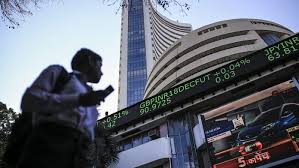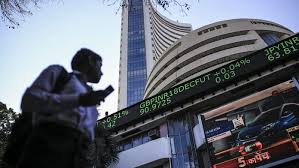Indian investors experienced a dramatic shift in events on June 4 in the event of a sudden sale engulfed the stock market. It resulted in a massive loss of more than Rs26 million within the first hour of trading.
What is the main reason for the drop? Election results from the early stages indicate an unpopular race that was not expected in polls on the exits. The unexpected outcome created a flurry of shockwaves in the markets, which led to an enormous drop in market capitalization.

The Key Features:
- Markets Lose Bigly: The total market value of the companies that are that are listed on the BSE (Bombay Stock Exchange) dropped by a whopping Rs26 lakh crore when as compared to yesterday’s close.
- Election Jitters The early election trend that were different from polls that predicted exit times and triggering investor fear. Investors previously had predicted large majority support for the NDA from polls of the exit.
- Benchmark Indices Tumble Both Sensex as well as the Nifty 50 saw a dramatic decrease of roughly 5percent each. Midcap and Smallcap indexes suffered similarly heavy drops, with the latter dropping more than 5percent intraday.
- Expert Opinions Analysts have linked the selling on election night to the surprise results and the potential implications for policy of the reforms in government.

Expert Quotations:
- Avinash Gorakshkar is the Head of Research for Profitmart Securities, highlights the frustration caused by early-election developments and divergence from the exit polls that have led to the market to anxiety.
- Dr. V K Vijayakumar, Chief Investment Strategist for Geojit Financial Services, suggests that investors’ expectations for an energizing BJP majority with an emphasis on reforms is now a thing of the past. There is a possibility that a socially-conscious government could be seen in the performance of FMCG stocks.

Looking ahead:
The Indian direction of the stock market’s growth is likely to be determined by the end of the elections. If the NDA does not win the majority it needs, then further fluctuations are likely to be anticipated.

